
By Rebecca Drew
THIS WOMAN’S condition was initially mistaken for an AGGRESSIVE CANCER before doctors realised she had a rare BONE EATING DISEASE.
When private health care assistant, Caitlin Watterson (19) from Peel, Isle of Man, was just three years old she started to complain to her mum that that her leg hurt and developed a limp. Initially Caitlin’s mum thought that she was just being a typical toddler but she grew concerned when she didn’t stop limping and took Caitlin to A&E where she had an x-ray.
A few hours later her parents were called back and were told by a doctor that the x-ray showed something they had never seen before and they suspected that Caitlin had an aggressive form of bone cancer. Upon seeing a specialist at Birmingham Children’s Hospital, Caitlin’s parents were told that it may not be cancer but advised she needed a biopsy to rule it out for certain.
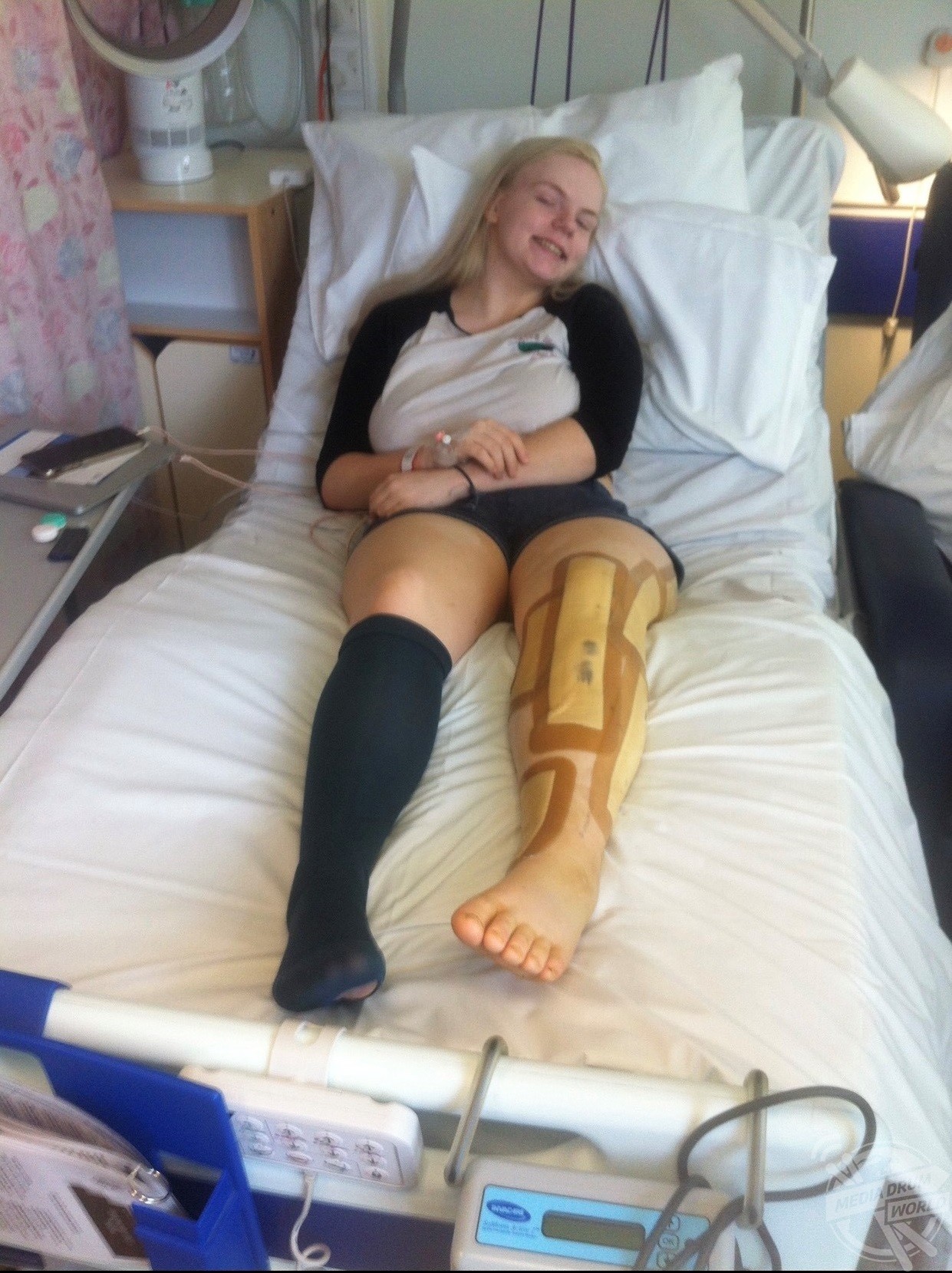
A biopsy revealed that Caitlin had a rare genetic bone disease, fibrous dysplasia, a genetic condition caused by a mutated gene which affects bones maturing into solid bone. An MRI confirmed that she had polyostotic fibrous dysplasia and it affected her left arm, left femur and left tibia.
Caitlin suffers from chronic pain due to her condition but has learnt to manage this with pain killers. Over the years, she has had six surgeries which have involved having her bones dislocated, shaved, reshaped, pinned with metal rods and screws to try and provide support to and strengthen the bone.
As well as learning to cope with pain, Caitlin has had to rely on walking aids which has seen her become a target in the past with people calling her horrible names like peg leg and laughing at her and mocking her in a wheelchair. Her surgeries have left her with scars on her legs which she loves to show off as they have made her who she is today.
“At the age of three I’d been complaining to my mother that my leg hurt when we went on walks that I had been perfectly fine on many times before, so she wasn’t immediately alarmed and assumed I was being a typical three year old not wanting to go on a walk,” said Caitlin.
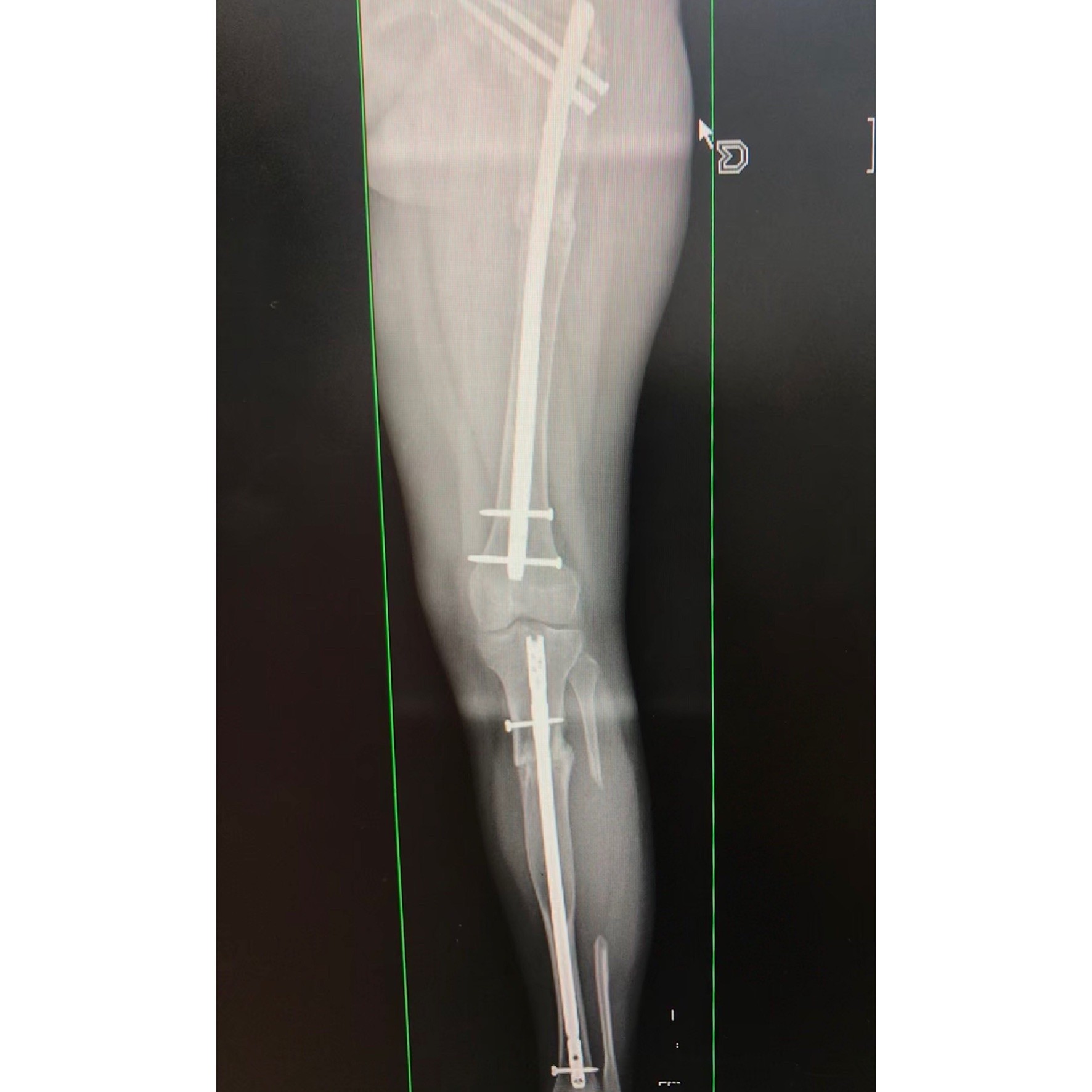
“After a few typical toddler bumps and tumbles my mum noticed that I’d began walking with a limp and my run was extremely strange including the limp again. My mum immediately was worried knowing I’d complained, and she could now see that something was wrong. She took me to A&E not long after and had me x-rayed.
“A few hours passed and she received a call from the hospital whilst I was at nursery saying I needed to be brought in immediately. Upon arrival at the hospital my parents were told that the x-ray was something they’d never seen before, and weren’t entirely sure what they could see, however they told my parents that unfortunately they were fairly confident it was some sort of aggressive bone cancer.
“My parents and I were referred to a bone cancer specialist in Birmingham Children’s Hospital and on a plane within the next few days to see him. Upon review he told my parents he was fairly confident this wasn’t cancer but in fact an extremely rare bone disease called fibrous dysplasia, but that he couldn’t be sure without performing a biopsy. The consultant wrote a list of possibilities of what this could be and my mum held onto the list for years on from this. The list included many cancers and fibrous dysplasia.
“The biopsy was almost immediately performed and the diagnosis of fibrous dysplasia was made. The next step was a full body scan to find out if this was monostotic, affecting a single bone, or polyostotic, affecting more than one, the scan revealed that I was suffering from polyostotic fibrous dysplasia, affecting my left arm, left femur and left tibia.
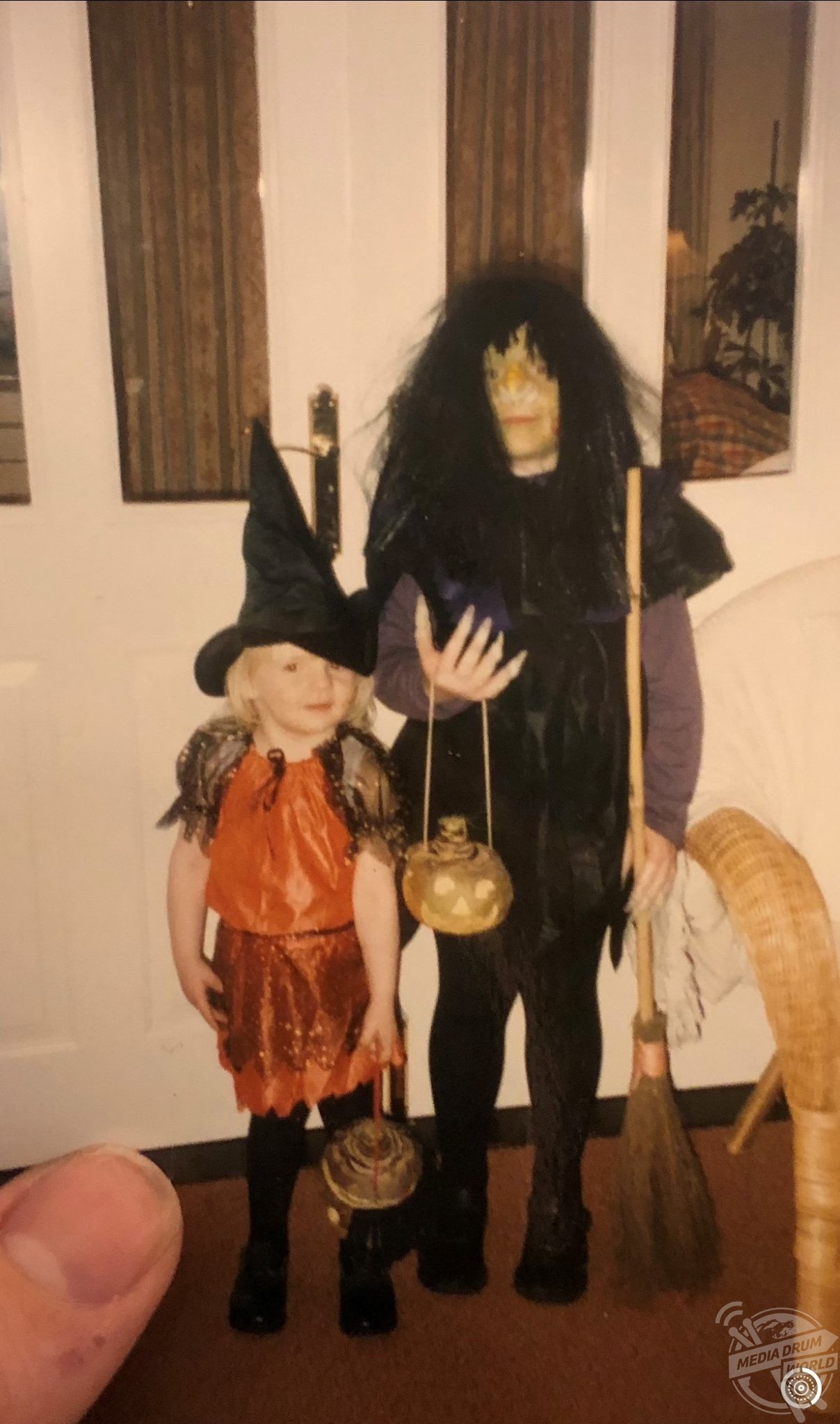
“The disease causes bone forming cells to fail to mature, resulting in an excess growth of fibrous tissue. This fibrous tissue eats away the bone and bone marrow and replaces it with the fibrous tissue itself.
“This causes severe pain as you can imagine, very weak bones that are prone to deformity and breaks. The bones also expand due to the fibrous tissue. There’s no cure or treatment for the disease other than surgical intervention usually inserting metal work to strengthen the bones.”
Her most recent surgery in April 2017 lasted 10 hours where her femur and tibia where dislocated from her hip, ankle and both ends of her knee and pinned back together. Her recovery took three months and she learnt to walk again in the August.
Caitlin is waiting on a date for her seventh surgery to replace the screws in her femur with smaller ones to prevent them catching on her muscles and ligaments.
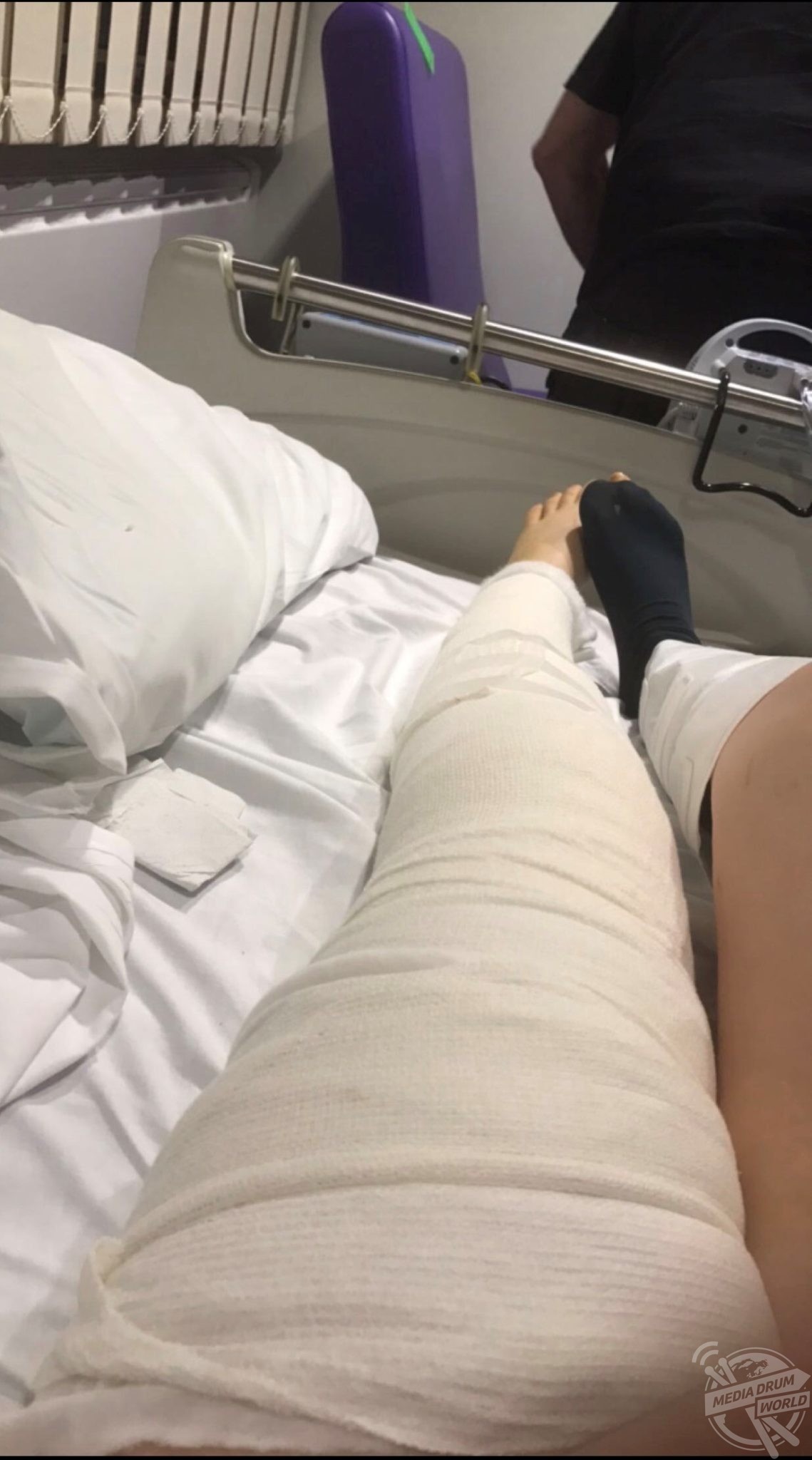
“My sixth and most recent surgery was my biggest surgery ever. I was still suffering very bad with pain and now had a bulging deformity in my tibia also. The consultant was not sure how my leg would be once the surgery began and there were many different options, I consented to simply depending on the state of my bones once opened up,” she said.
“In preparation for surgery I had a line but down through a vein in my neck that can be seen in some of my pictures to deliver any drugs I needed in the fastest way possible. This surgery was estimated to take roughly the same time as my other surgeries ranging from four to six hours however this surgery actually ended up taking 10 hours.
“My bones were in a bad way and so I had my femur and tibia dislocated from my hip, ankle and both ends of my knee, had my bones broken into multiple pieces and shaved down, had the bones put back together in different positions, hence why my x-rays look like the bones are badly broken, this was intentional, had my femur and tibia pinned through the bones and some screws also put in place to hold the pins due to my bones being very broken and at risk of sliding out of position.
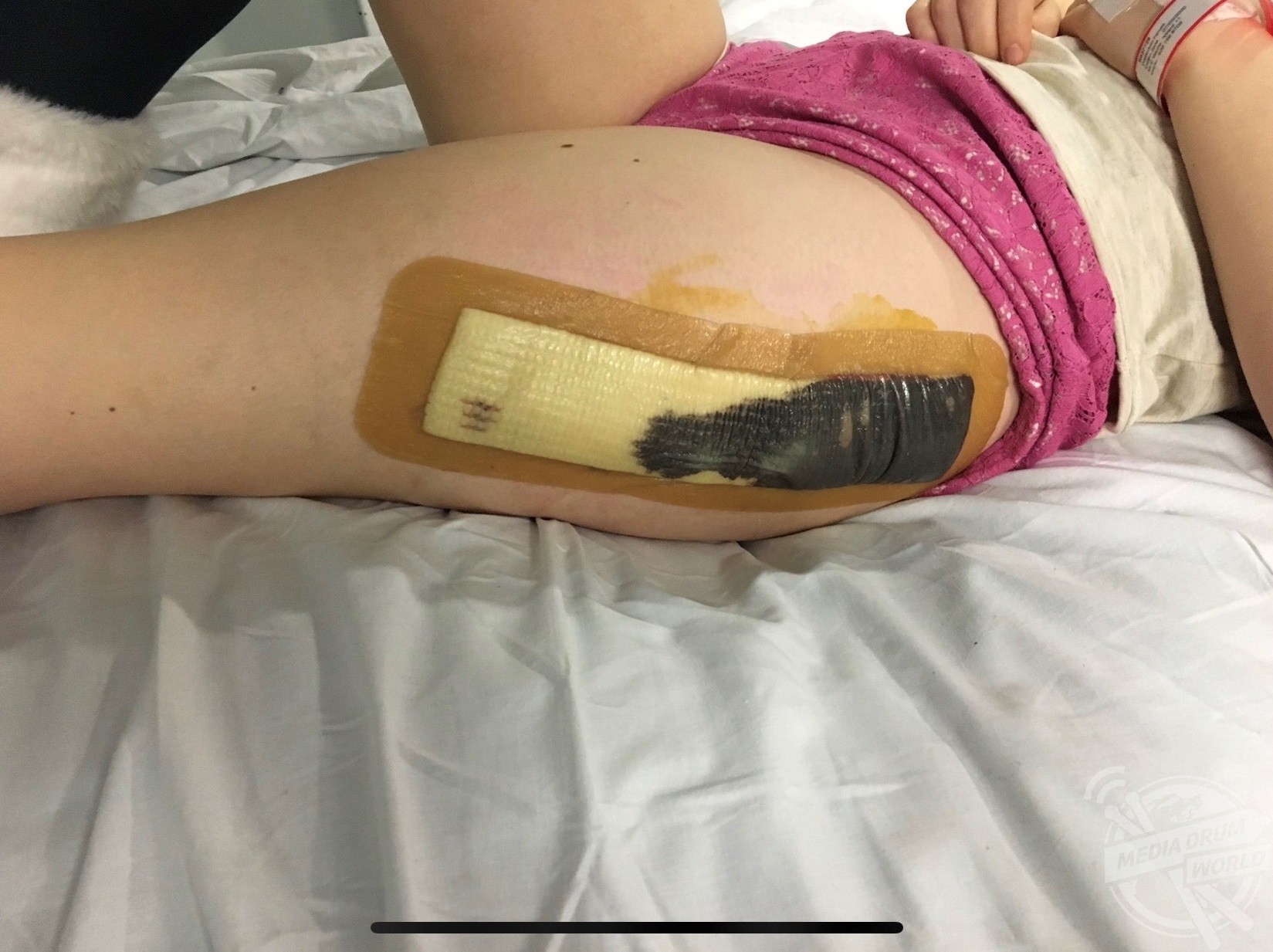
“I also had my fibula removed completely and transplanted into the head of my femur, this could either trigger the disease to grow more aggressively, or trigger healthy bone growth. The risk was 50/50 but being in the pain I was in I didn’t care about the risk, it was worth it.
“The bone did trigger healthy bone growth thankfully. I remember being relieved that I’d woken up in recovery, the nurses named me smiley as apparently I’m the only person to wake up after such a major and long surgery with a smile on my face.
“I never found it too difficult to come to terms with my disease due to being diagnosed so young. I’ve never known any different, which I consider myself as very lucky for. My life didn’t have to be turned upside down by a sudden deterioration and diagnosis. Being diagnosed young has definitely played a huge part in my acceptance of being different, and since I can remember I’ve always been proud of my story.
“It’s had its negatives and being an easy target if ever arguing or having fallen out with somebody. Although it hurts to be called names or mocked, I just remember that some people have no idea what many people and I have been through, and it isn’t their fault they don’t know.
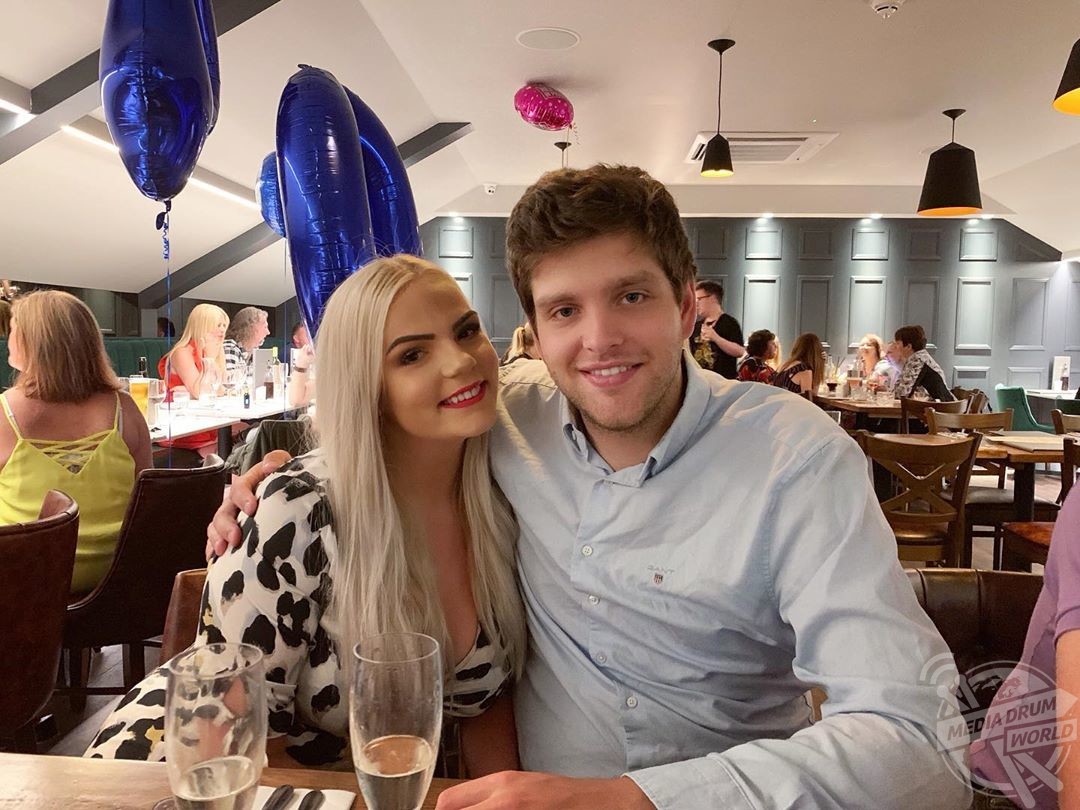
“I don’t hold it against anybody, and I wouldn’t wish this on my worst enemy, but personally I wouldn’t change the way I’ve grown up for anything. It’s given me an extremely unique outlook in life and I’m very proud of the person I’ve become, and I truly believe growing up with this disease has shaped who I am today.
“I feel a type of pride living with this disease, I love wearing dresses with my scars showing, they’re a part of me that show what I’ve been through and remind me that I’m stronger than this, they help to remind me that I can keep fighting, I will keep fighting, and I will come out stronger.”
Through sharing her story, Caitlin hopes to raise awareness of fibrous dysplasia. Her family and boyfriend, Jon, have supported her through everything and she recently took part in a stunning photoshoot to celebrate her scars.
“When I first thought about getting the photoshoot done I was really set on it being such a great thing, then the anxiety of what I’d agreed to set in and I really wanted to back out. However, my amazing boyfriend pushed me to go through with it, giving me the confidence to do it,” said Caitlin.

“I could never thank him enough for pushing me to do the shoot, he knew how much I wanted this and helped me realise that this would be great for me. I’ve never felt so proud of myself as when I saw those photos.
“Any photos of scars I’d seen are always portrayed so negatively with cool lighting and just a very sad vibe about it. I’m so proud of my scars and I want to show them off. They make me who I am and they don’t make me sad, they fill me with joy and I wanted to share that with the world.
“No matter how hard things get, please remember how strong you are. This disease can make you feel you have nobody to go to, nobody who understands.
“Reach out, to me, to a support group. Facebook has many support groups for various things and it really does help you feel less alone. You can get through this, this disease will not beat us.
Alone we are rare, and together we are strong. We can do this. Don’t give up.”
For more information see www.instagram.com/caitywatterson






